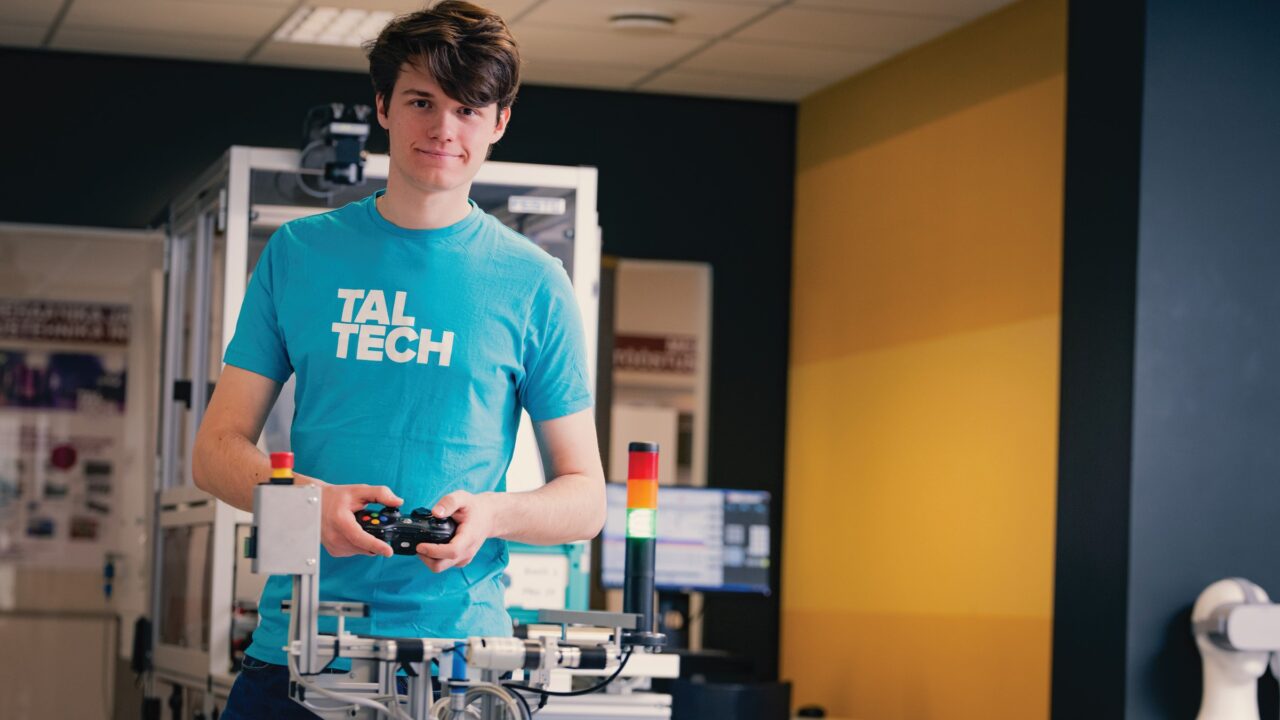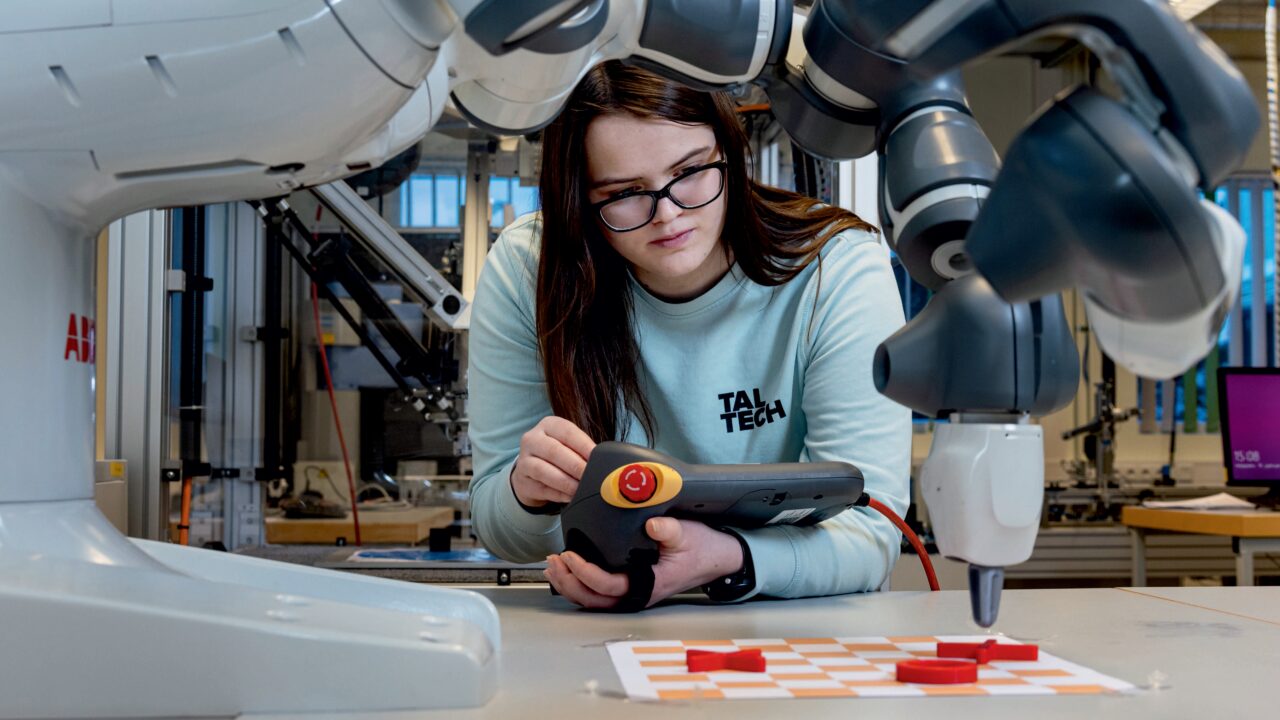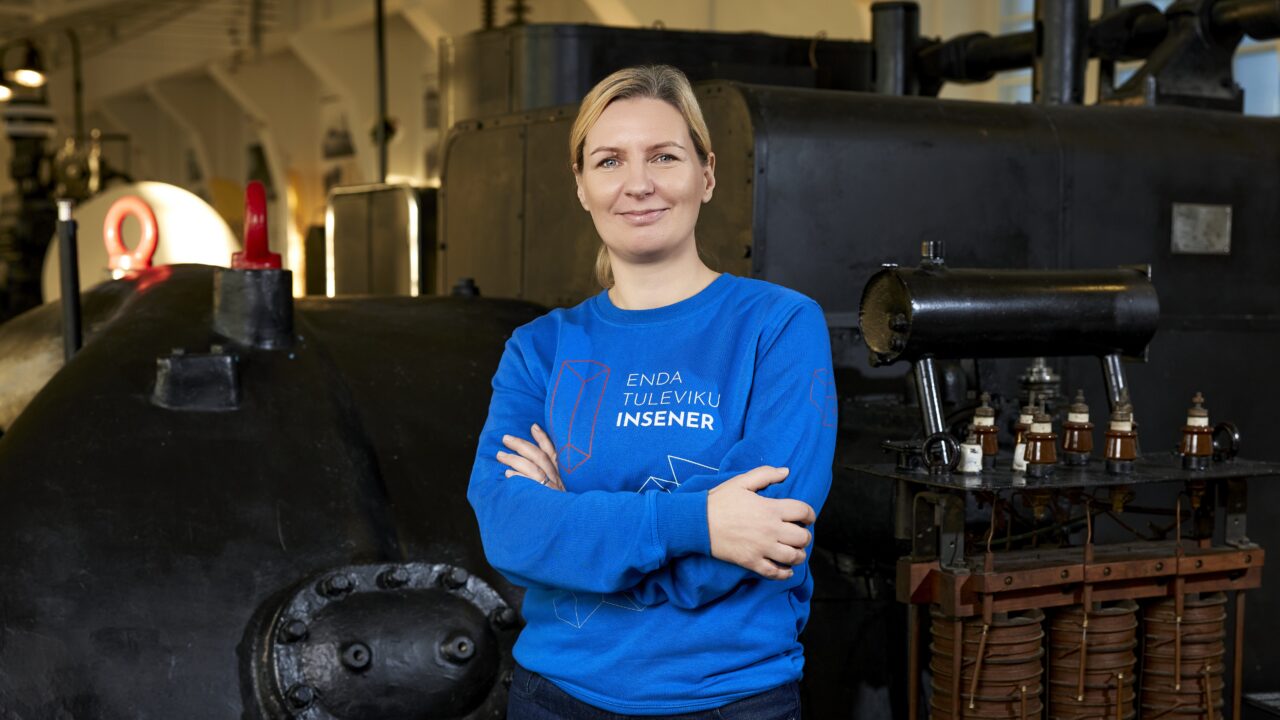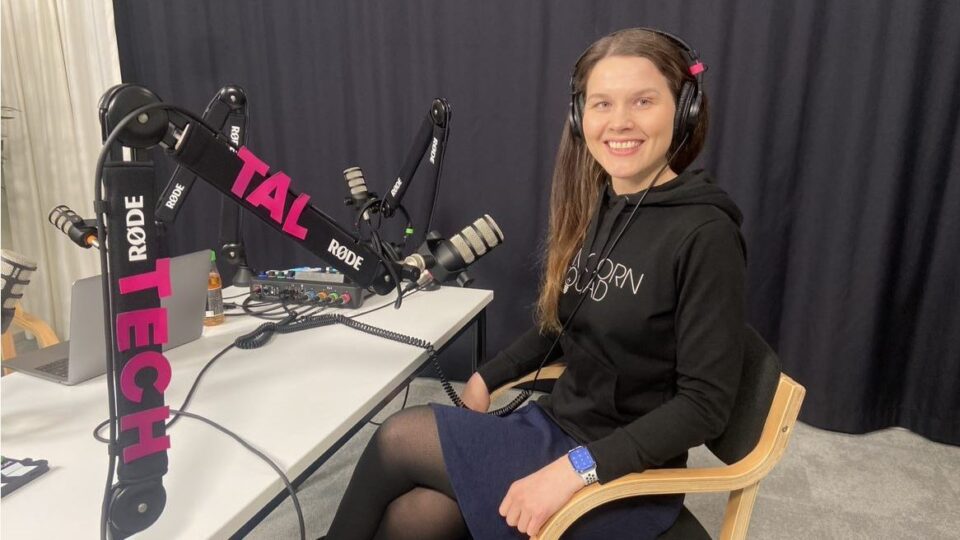Young people don’t make career choices in a vacuum. Often, those choices aren’t made consciously at all – they’re shaped by chance encounters: a teacher who inspired confidence, a friend who offered advice, or a societal image that promised a “secure” future. If we want more young people to choose engineering, we first need to understand what truly influences their decisions.
What do young people base their choices on?
Among youth, there’s a widespread belief that to become an entrepreneur and succeed, one should study business or economics. True, such studies teach how businesses operate and how to manage them–but they often lack the starting point: an idea to build a business around.
Engineering, on the other hand, continuously brings students into contact with real-world problems–whether it’s material sustainability, energy efficiency, smart systems, or technological bottlenecks. These fields teach students to see the world as a system waiting to be improved. Engineering isn’t just a technical discipline–it can also be a practical path to entrepreneurship.
The 2023 Future Shapers study shows that personal experiences, contacts, and access to information play a major role in young people’s choice of field. Rarely are these decisions made clearly and deliberately–especially when it comes to engineering, which often remains invisible without prior exposure. A survey of high school graduates conducted by the Archimedes Foundation points to the same conclusion: people tend to choose fields that are widely discussed in society, that feel familiar and relatable.

The goal of the Engineering Academy is to increase the proportion of students in engineering fields and the number of engineering-educated professionals in the labour market. Photo: TalTech
A logical or emotional choice?
Data from Eurograduate – a European Commission initiative that tracks higher education graduates – helps shed light on how different motivations influence the choice of study fields. For example:
- For ICT graduates, the most important reasons were a good future salary (93%) and job prospects (90%).
- For students in business and administration, the reputation of the field was a key factor (72%).
- In the humanities and arts, prior experience and existing skills played a major role (75%).
This suggests that young people don’t choose solely with their hearts – their decisions are shaped by societal perceptions, available information, and visibility. That’s exactly where engineering often falls short: it lacks the visibility, security, and perceived profitability of ICT, and the glamour or “romance” associated with design or business. This makes it crucial for universities and vocational schools to build a clear, relatable image of engineering and offer early opportunities for hands-on engagement.
Girls and the invisible glass ceiling
When discussing visibility, we cannot overlook gender balance in engineering and ICT. The 2023 Kantar Emor study “Glass Walls and Glass Ceilings in Estonian ICT” highlights that:
- Girls’ literacy in STEM and ICT is equal to – or even better than – that of boys, but their confidence and sense of belonging in the field are lower.
- Retention among girls is heavily influenced by the field’s culture, teaching style, and role models.
- Gender segregation is most pronounced in ICT and engineering – from education to top-level positions in the labour market.
If we want more girls to choose engineering or ICT, we need to create an environment that sends a clear message: this field is for them too. That requires a broader support system – from classroom culture and school initiatives to societal attitudes and visible role models – that helps girls envision themselves in the world of engineering.
The underrepresentation of girls is not due to a lack of skills. More often, it stems from the fact that society’s portrayal of these fields fails to reflect the reality that they are just as suitable for women. The more visible female engineers, designers, and developers there are, the more likely it is that a girl will see herself in that role as well.

The goal of the Engineering Academy is to increase the proportion of students in engineering fields and the number of engineering-educated professionals in the labour market. Photo: TalTech
What are the tools of tomorrow?
According to the Future of Jobs 2025 report, the key skills for future work include creative problem-solving, analytical thinking, technical literacy, self-directed learning, and collaboration. These are not just for engineers – they are core tools for every worker, in every field.
Engineering and technology education offer a unique environment to truly practice these skills – not through PowerPoint slides, but by prototyping, leading teams, experimenting, and even failing.
What can society and education do?
- Systemic collaboration.
If every school or university only focuses on its own curriculum, the bigger picture remains fragmented. Young people need a holistic understanding – a clear answer to the question: what is engineering, and why does it matter? TalTech can play a leading role here, though it shouldn’t be the only one. - Real experiences before making a choice.
Exposure to the field needs to come early – through workshops, projects, guest lectures, and alumni stories. It’s hands-on experience that builds confidence and a sense of connection. While universities often struggle to dedicate time to early outreach, this effort directly impacts the skills of future students – the ones we’ll be working with in three, five, or ten years. The investment is worth it. - Deliberate support for gender balance.
For girls to fully realise their potential, time and encouragement are essential. This means mentorship, visible role models, and targeted communication. These are not optional extras – they are necessary.
Young people are not making the “wrong” choices. They choose based on what they see, sense, and connect with. Our task is to create more of the kinds of moments that make engineering visible, relatable, and needed – and to give the field a voice. Because when a young person comes face-to-face with a problem that speaks to them, they will find a way to solve it. But for that moment to happen, we must help them look in the right direction.




